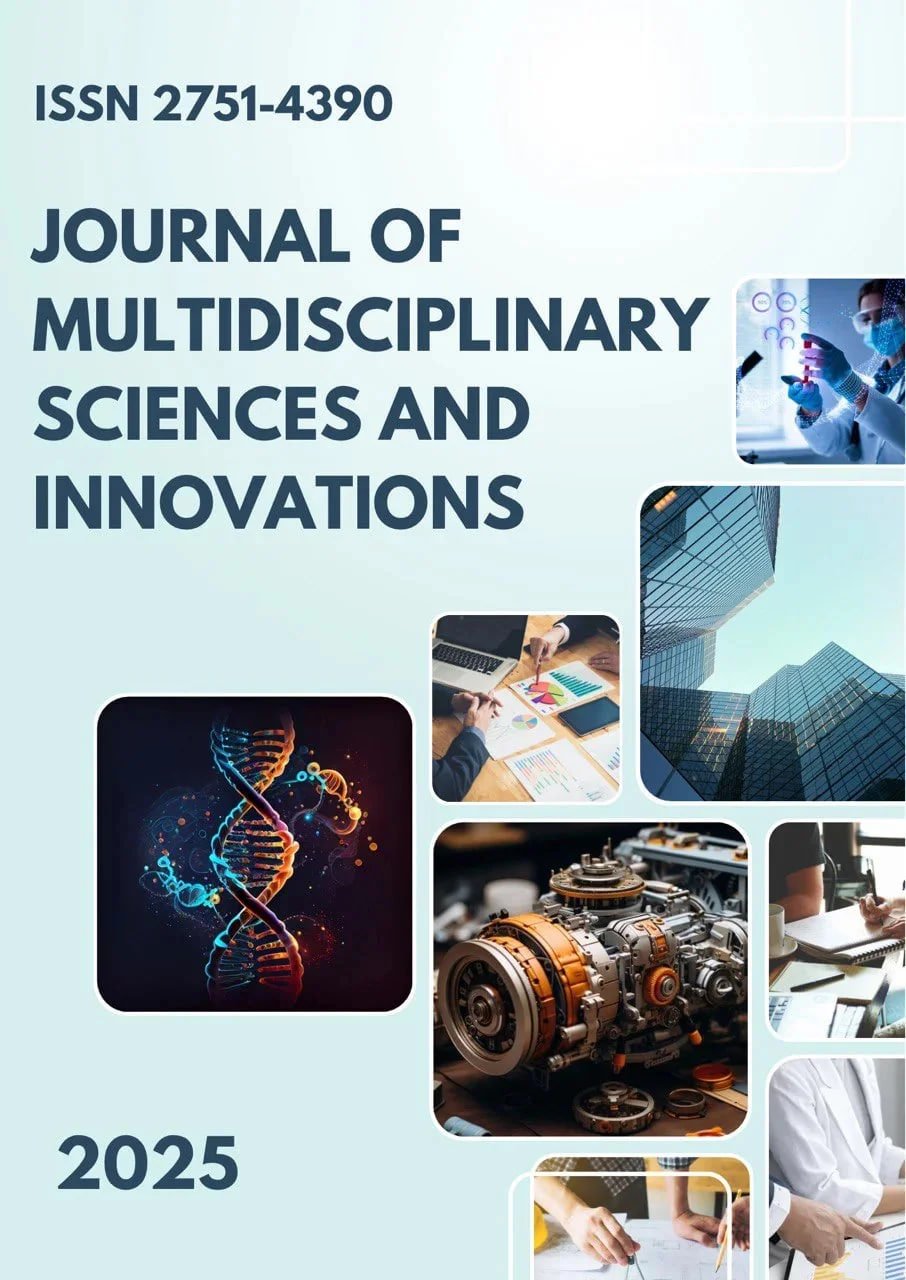TORCH INFECTION AND ITS EFFECT ON THE FETUS
Main Article Content
Abstract
This article provides information about TORCH infection and its pathogens. This condition has long been regarded as a serious health concern among many countries. TORCH refers to a group of infections including CMV, cCMV, hepatitis viruses, HIV, and herpes viruses. Every year, a significant number of newborns and mothers suffer from complications caused by TORCH infections. The article focuses particularly on protection, early diagnosis, and clinical management of these infections. In many cases, TORCH infections may remain asymptomatic in women until pregnancy, when they may begin to manifest symptoms.
Downloads
Article Details
Section

This work is licensed under a Creative Commons Attribution 4.0 International License.
Authors retain the copyright of their manuscripts, and all Open Access articles are disseminated under the terms of the Creative Commons Attribution License 4.0 (CC-BY), which licenses unrestricted use, distribution, and reproduction in any medium, provided that the original work is appropriately cited. The use of general descriptive names, trade names, trademarks, and so forth in this publication, even if not specifically identified, does not imply that these names are not protected by the relevant laws and regulations.
How to Cite
References
1. S. Temirova, Infectious Diseases, Tashkent, 2008
2. F.M. Ayupova, Yu.Q. Djabbarova, Gynecology, Tashkent, Mekhridaryo, 2014
3. X. Saparov, Highly Dangerous Infectious Diseases, Tashkent, 2016
4. Med360.uz
5. www.ziyonet.uz
6. Nayak S, et al. "Association of TORCH disease and fetal safety in women with a history of poor fertility in East Indian strong-ranked women." NeuroQuantology, 2022; 20:54
7. Bascietto F, et al. "Fetal outcome with regional parvovirus B19 infection: A systematic review and meta-analysis." Ultrasound Obstet Gynecol. 2018; 52(5):569–576
8. Cardoso-dos-Santos AC, et al. "International collaboration networks for the surveillance of congenital anomalies: A narrative review." Epidemiol. Serv. Saúde. 2020; 29:e2020093
9. Cooper JM, Sanchez PJ. "Congenital Syphilis." Semin Perinatol. 2018; 42(3):176–184

